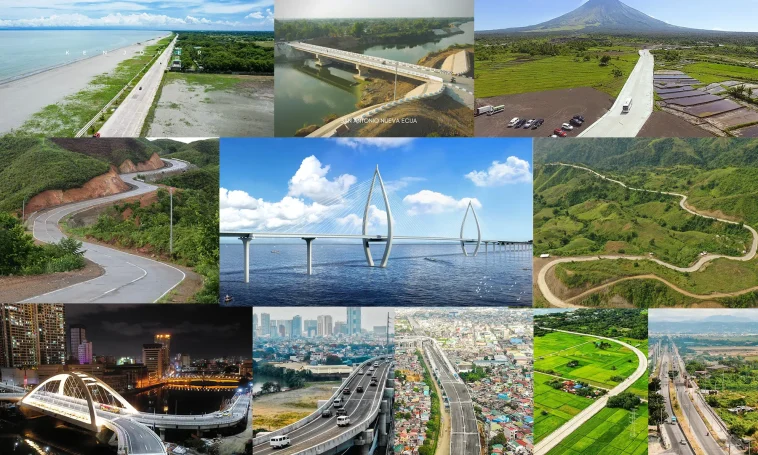Old Tunnel Found Sealed Beneath Fuente Circle
Near the busy streets of Cebu City, few suspect that something hidden lies beneath their feet. A tunnel. Sealed. Forgotten. Stories say it connects to a chamber used during the Spanish era.
If you walk near Fuente Osmeña Circle today, you’ll see shops, banks, and traffic. But under all that noise is a mystery that some claim goes back more than 100 years.
What People Say About the Tunnel
Some recall construction workers discovering a bricked-up passageway years ago while digging a drainage line.
Others say older relatives mentioned a tunnel entrance under an old building that no longer stands.
A few claim they heard about students sneaking into a tunnel near a former government site in the ‘80s.
The common thread:
A hidden passage.
A sealed door.
And whispers of something more sinister behind it.
What’s the Tunnel For?
Nobody knows for sure.
But the rumors say:
It connects to a holding cell built during the Spanish colonial period.
Prisoners were moved underground to avoid attention.
Torture was used to extract information, or worse—make people disappear.
There’s no official record.
No plaques.
No museum mention.
But oral stories are everywhere.
Where Is It Exactly?
Most reports place it:
Beneath or near the Fuente Osmeña rotunda.
Close to the foundations of now-demolished buildings.
Linked to older structures along Jones Avenue (now Osmeña Boulevard).
Some claim the tunnel stretches toward Parian.
Others say it leads toward Fort San Pedro.
Without access, it’s hard to prove.
But you can still spot sealed vents, strange underground grates, and out-of-place bricks if you look closely.
What Old Workers Remember
One former city utility worker said:
“We were digging near a manhole in the ‘90s. We hit concrete, then hollow space. The engineer told us to cover it back. No one asked questions.”
Another man, now retired, shared:
“My father told me they once opened a small passage and saw old wooden steps going down. It smelled like wet stone.”
No photos exist.
Just memory and caution.
Why Was It Sealed?
You might ask: If it existed, why close it?
Here are possible reasons:
Safety. Old tunnels collapse. Keeping it sealed avoids accidents.
History. Some stories are better left untold.
Development. Construction may have cut off access permanently.
Still, some believe it was closed to hide what it once held.
Are There Similar Tunnels Elsewhere in Cebu?
Yes. Other places have similar stories:
In Parian, near the Jesuit House, residents speak of trapdoors.
In Colon, business owners say their basements link to old shafts.
The University of San Carlos has rumored passages built during the war.
So why not Fuente?
What Makes This Story Different
Most old tunnel stories involve escape routes or war shelters.
This one is different:
The tunnel is sealed.
No official agency has addressed it.
The rumors focus on punishment, not escape.
The idea of a torture site adds a darker layer—and more fear.
What You Can Still See Today
If you’re curious, take a walk around Fuente.
Look for:
Cement patches on old walls.
Vents that seem to go nowhere.
Older structures with sealed staircases.
Ask older residents what they know.
You might be surprised how quickly they lower their voices when the tunnel is mentioned.
Do You Believe It?
You don’t have to.
There are no maps.
No photos.
No open entrances.
But ask yourself:
Why would so many remember it?
Why keep it closed?
And what’s really under the concrete?
Sometimes, the silence says more than a record ever could.
Why It Matters
You may think it’s just another urban legend.
But stories like this help cities remember what gets left behind.
Fuente Circle is a landmark.
But it may also be a lid—covering something built long before the shops and hotels appeared.
Next time you pass by, pause for a second.
Not to find anything.
But to remember that something might still be there.
Waiting.


